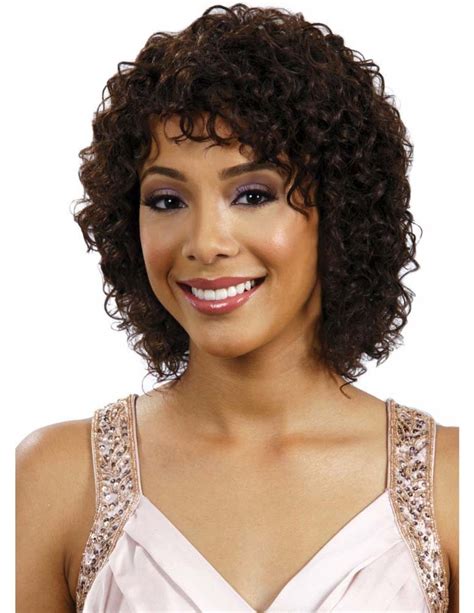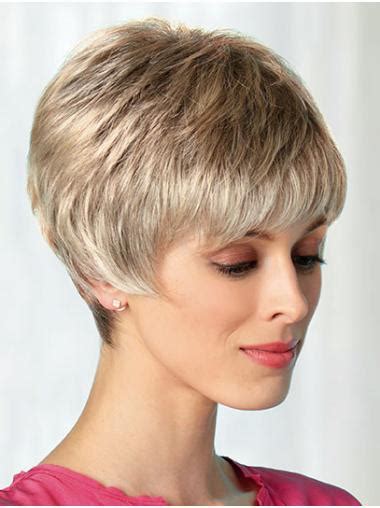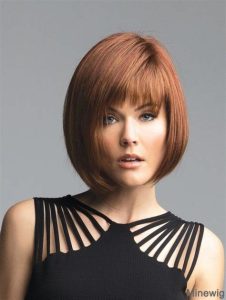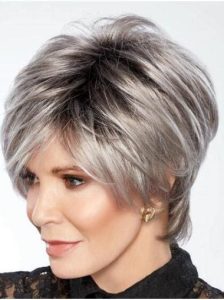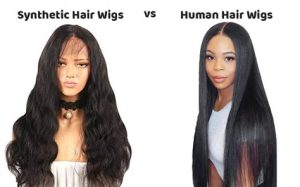Short Curly Wigs: 4″ Monofilament Wigs vs. Capless Wigs: The
In the realm of wig-wearing, the choice between monofilament and capless wigs can be a hair-raising dilemma. For those seeking the perfect short curly wig to complement their black hair, understanding the intricacies of these two wig types is paramount. This comprehensive guide will delve into the depths of monofilament and capless wigs, revealing their advantages, drawbacks, and the key factors to consider when making a decision.
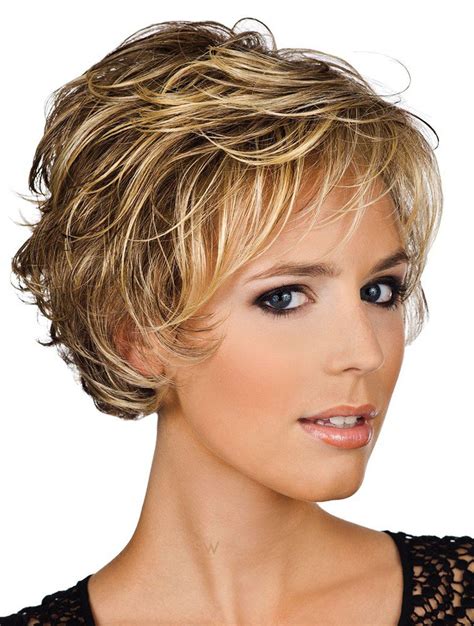
Monofilament Wigs: The Illusion of Natural Hair Growth
Monofilament wigs are renowned for their ability to create the illusion of natural hair growth. They feature a sheer base made of fine mesh, onto which individual hairs are meticulously hand-tied. This technique allows for scalp visibility, creating a natural parting and the appearance of hair emerging from the scalp.
Pros:
- Natural appearance: Monofilament wigs offer an unparalleled level of realism, mimicking the growth pattern of natural hair.
- Scalp visibility: The sheer base enables the scalp to show through, giving the illusion of a natural hairline and parting.
- Versatility: Monofilament wigs can be styled in various ways, providing the wearer with endless possibilities for creating different looks.
Cons:
- Cost: Monofilament wigs are generally more expensive than capless wigs due to the intricate hand-tying process.
- Maintenance: Monofilament wigs require careful handling and regular maintenance to preserve their natural appearance.
- Heat sensitivity: The sheer base can be sensitive to heat, making it challenging to use heat styling tools.
Capless Wigs: Comfort and Freedom
Unlike monofilament wigs, capless wigs do not have a mesh base. Instead, they feature an open cap construction, providing enhanced breathability and comfort for the wearer. Capless wigs are lightweight and easy to wear, making them ideal for extended periods.
Pros:
- Comfort: Capless wigs offer maximum comfort due to their open cap design, allowing the scalp to breathe and preventing irritation.
- Breathability: The lack of a sheer base eliminates heat buildup, ensuring a comfortable and airy feel.
- Affordability: Capless wigs are generally more affordable than monofilament wigs, making them a budget-friendly option.
Cons:
- Less natural appearance: Capless wigs may not offer the same level of realism as monofilament wigs, as the cap construction can sometimes be visible.
- Limited scalp visibility: The open cap design restricts scalp visibility, making it difficult to create a natural parting or hairline.
- Styling limitations: Capless wigs may be less versatile than monofilament wigs in terms of styling options.
Deciding Between Monofilament and Capless Wigs: A Guide for Black Hair Boycuts
The choice between a monofilament wig and a capless wig depends on several key factors, including:
- Natural appearance: If you prioritize a natural-looking wig that mimics hair growth, a monofilament wig is the superior choice.
- Comfort: If comfort and breathability are your top priorities, a capless wig is the ideal option.
- Style versatility: Monofilament wigs offer greater versatility in terms of styling, while capless wigs may be more limited in this regard.
- Budget: Monofilament wigs tend to be more expensive than capless wigs, so it’s important to consider your financial constraints.
- Maintenance: Monofilament wigs require more careful handling and maintenance than capless wigs, which may be a factor to consider.
Table 1: Key Differences Between Monofilament and Capless Wigs
| Feature | Monofilament Wig | Capless Wig |
|---|---|---|
| Base construction | Sheer mesh with hand-tied hairs | Open cap with no mesh |
| Appearance | Natural-looking with scalp visibility | Less natural, cap construction may be visible |
| Comfort | Less breathable due to sheer base | Highly breathable due to open cap |
| Versatility | Greater styling options | Fewer styling options |
| Cost | Generally more expensive | Generally more affordable |
| Maintenance | Requires careful handling and regular maintenance | Less maintenance required |
Table 2: Pros and Cons of Monofilament Wigs
| Pros | Cons |
|---|---|
| Natural appearance | Expensive |
| Scalp visibility | Heat sensitivity |
| Versatility | Maintenance-intensive |
Table 3: Pros and Cons of Capless Wigs
| Pros | Cons |
|---|---|
| Comfort | Less natural appearance |
| Breathability | Limited scalp visibility |
| Affordability | Styling limitations |
Table 4: Tips for Choosing the Best Wig for Black Hair Boycuts
- Determine your desired appearance: Decide if you prefer a natural-looking wig with scalp visibility or a less natural but comfortable wig.
- Consider your lifestyle: Consider your daily activities and how much time you’re willing to invest in wig maintenance.
- Set a budget: Determine the amount you’re willing to spend on a wig, as different types and sizes can vary in price.
- Seek professional guidance: Consult a hairstylist or wig specialist for personalized recommendations based on your specific needs.
- Try before you buy: If possible, try on different wigs before making a purchase to ensure the best fit and feel.
Conclusion
The choice between a monofilament wig and a capless wig is a personal one that depends on individual needs and preferences. By understanding the distinct advantages and drawbacks of each type, you can make an informed decision that will perfectly complement your short curly black hair and enhance your overall style.
